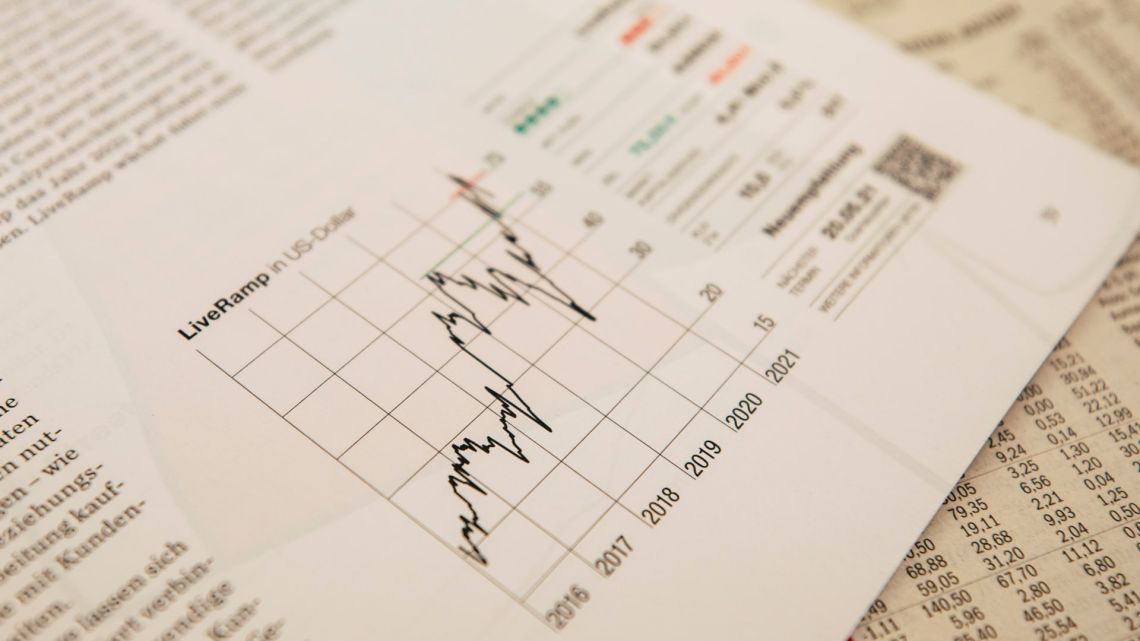
Tesla, the most valuable auto stock globally, continues to capture investors' attention with its volatile market performance. With the company being led by the world's richest individual, the upcoming earnings report holds great significance. As investors sift through the details of Tesla's performance in the third quarter, there are a few key areas to focus on: automotive gross profit margin and pricing.
In recent months, Tesla (TSLA) has resorted to significant price cuts in a bid to boost sales volume amidst rising interest rates, a slower economy, and intensifying competition in the electric vehicle (EV) market. This strategic move has paid off, with year-to-date volumes witnessing a remarkable 45% year-over-year surge. As Tesla prepares to announce its earnings, analysts anticipate earnings per share of 72 cents generated from sales amounting to $23.9 billion.
However, the increased sales volume has come at a price, impacting profit margins. It is expected that automotive gross profit margins for the third quarter will fall below 18%. A year ago, these margins stood at 25%. Investors should still consider a result between 17% and 18% acceptable, but anything below could pose challenges. Furthermore, investors will keenly listen for indications that further price cuts will be limited and that profit margins will show signs of improvement going forward.
As Tesla gears up to release its earnings report, investors should keep a close eye on these critical factors. Determining the company's performance in terms of automotive gross profit margin and pricing will provide valuable insights into its strategic direction and profitability outlook.
Tesla's Margins and Self-Driving Technology: What Investors Should Know
Tesla, the renowned electric vehicle manufacturer, recently announced a price cut for its Full Self-Driving (FSD) driver assistance product. With the price now set at $12,000, down from $15,000, investors are keen to understand the impact this will have on the company's margins. Ivana Delevska, Chief Investment Officer of Spear Invest, highlights the potential positive effect on margins through increased software sales. This may be surprising to some investors, as the lower price point could lead to higher FSD adoption, ultimately boosting overall profitability.
Interestingly, Tesla's upcoming conference call may see discussions of FSD overshadowed by the much-anticipated Cybertruck. Investors are eager to learn about delivery schedules and production capabilities for this unique electric pickup truck. While expectations regarding Cybertruck's success are not overly optimistic at present, investors simply want to see tangible progress as the vehicles hit the roads of the United States.
The options market suggests that Tesla's stock could move approximately 6% following its earnings announcement, either up or down. Looking back at previous quarterly reports, the stock has typically experienced an average movement of around 9%. Notably, it has seen three declines and one rise during this period.
Prior to Wednesday's trading session, Tesla's stock had gained approximately 16% over the past year. In comparison, the S&P 500 and Nasdaq Composite indices recorded gains of about 18% and 26% respectively. However, in premarket trading on Wednesday, Tesla shares experienced a slight decline of 0.6%.
As investors await Tesla's earnings release, the focus remains on crucial factors such as margins and the potential impact of software sales. Additionally, progress with FSD and the delivery of Cybertrucks will undoubtedly influence investor sentiment moving forward.













Write Your Comment